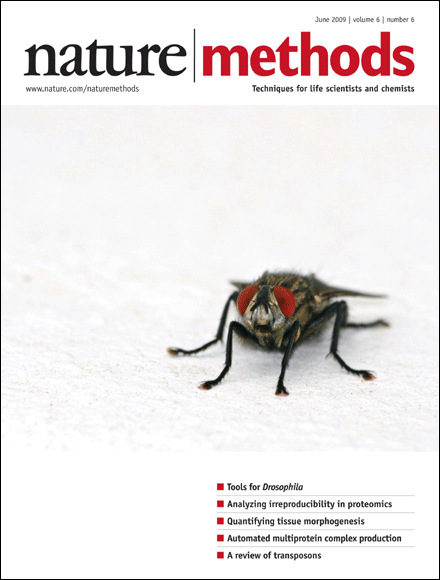I’ve made no secret of my opposition to this week’s protests at Berkeley and other UC campuses. The tactics were stale, the targets were wrong, and the rhetoric was ineffective. But that doesn’t mean that I don’t think what’s going on at UC doesn’t completely suck.
The immediate cause of the protests was the 32% tuition increase instituted last week by the regents. While a UC education remains a bargain – the ~$2,500 increase in annual tuition brings the total to around $10,000 – the extra cost will be a crushing burden for many students.
But it doesn’t really matter whether you view $10,000 as unreasonably high or a great deal. The real problem with the tuition increase is what is says about the UC’s – and Berkeley in particular – status as a public institution.
Berkeley became what it is today – the best public university in the world – because the state lavished money on it – not only to subsidize student tuition (which, until Reagan was governor, was effectively free) but also to build the research facilities, museums, libraries and other trappings of an elite university and to recruit the best faculty to fill them.
And, as students are being asked to pick up a larger share of the budget, the university’s financial crisis is driving researchers, curators, etc… who have long relied on state support to adopt more of a private fundraising model. And in doing so, Berkeley is becoming more and more like every other place. And while that doesn’t necessarily mean it will stop being an elite university, it does mean it will stop being the special place it currently is.
I also want to say something about the Berkeley protesters fingering of UC president Yudof and Berkeley chancellor Birgeneau as the culprits. I think this is absurd. Given the state of the university’s budget, they’ve really had no choice but the slash salaries, lay off workers and raise tuition. And the idea that the administration is somehow sitting on huge pots of money that they’re not spending because they want to hasten the transition to a private institution model (something a lot of protesters were arguing) is absurd.
Everything I’ve read and heard suggests that Yudof has done his best to argue our case in Sacramento. And it’s not clear that anything would have changed enough minds to make a difference. But, as we constantly tell our students, it doesn’t matter how hard you try on the test – you have to succeed. And there’s no doubt that UCs administration has failed to defend the university against the brutal cuts it has, of late, absorbed. Someone has to be held accountable for this failure.

 I'm a biologist at UC Berkeley and an Investigator of the Howard Hughes Medical Institute. I work primarily on flies, and my research encompases evolution, development, genetics, genomics, chemical ecology and behavior. I am a strong proponent of open science, and a co-founder of the
I'm a biologist at UC Berkeley and an Investigator of the Howard Hughes Medical Institute. I work primarily on flies, and my research encompases evolution, development, genetics, genomics, chemical ecology and behavior. I am a strong proponent of open science, and a co-founder of the 